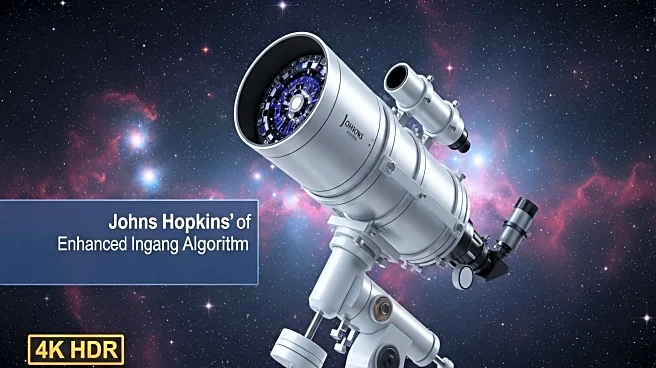What's Happening?
Researchers from The University of New Mexico and Los Alamos National Laboratory have developed a computational framework using AI tensor networks to solve a longstanding challenge in statistical physics. The framework, known as Tensors for High-dimensional Object Representation (THOR), efficiently computes configurational integrals, which are crucial for understanding the thermodynamic and mechanical properties of materials. This breakthrough allows for accurate modeling of materials under extreme conditions, significantly reducing computation time compared to traditional methods.
Why It's Important?
This development represents a major advancement in materials science, offering a new level of accuracy and efficiency in modeling complex systems. By overcoming the 'curse of dimensionality,' the framework enables faster and more precise calculations, which could accelerate discoveries in metallurgy and other fields. The integration of machine learning potentials further enhances the framework's applicability, potentially transforming how scientists approach high-dimensional problems in physics and chemistry.
What's Next?
The THOR framework is expected to be applied to a wider range of materials and conditions, potentially leading to new insights and innovations in materials science. Researchers may explore its use in other scientific domains where high-dimensional data is prevalent. The framework's success could inspire further research into AI-driven solutions for complex scientific challenges, fostering collaboration between AI experts and domain scientists.
Beyond the Headlines
The use of AI tensor networks in solving high-dimensional problems highlights the growing intersection of AI and traditional scientific disciplines. This approach not only enhances computational efficiency but also sets a precedent for future AI applications in science. The framework's ability to handle complex integrals could lead to a reevaluation of existing scientific methods, encouraging a shift towards more AI-integrated research practices.










